20 Best Black-and-White Movies Everyone Should See

Black-and-white movies are proof you don’t need special effects to make a truly compelling, unforgettable flick. “What makes a ‘classic’ film is what it leaves in the memory — sympathetic, lost or loathsome characters played by gifted actors, stunning visuals, seamless editing, a relatable or vicariously thrilling plot, pithy, quotable dialogue, or perhaps a couple of iconic scenes that burn into your psyche,” says film critic Roger Moore. Here are 20 classic black-and-white movies everyone should see (again).
RELATED: 25 movies Like “The Notebook” You’ll Love
Casablanca (1942)
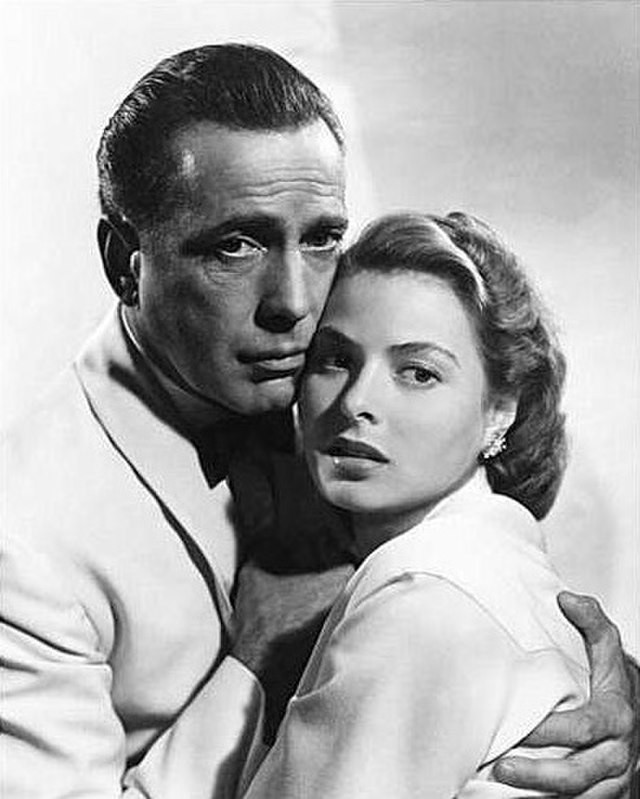
Humphrey Bogart and Ingrid Bergman play two lovers who sacrifice their relationship for the greater good in this iconic World War II drama. “It is about a man and a woman who are in love, and who sacrifice love for a higher purpose,” Roger Ebert said. “This is immensely appealing; the viewer is not only able to imagine winning the love of Humphrey Bogart or Ingrid Bergman, but unselfishly renouncing it, as a contribution to the great cause of defeating the Nazis.”
The Beginning and End of The Wizard of Oz (1939)
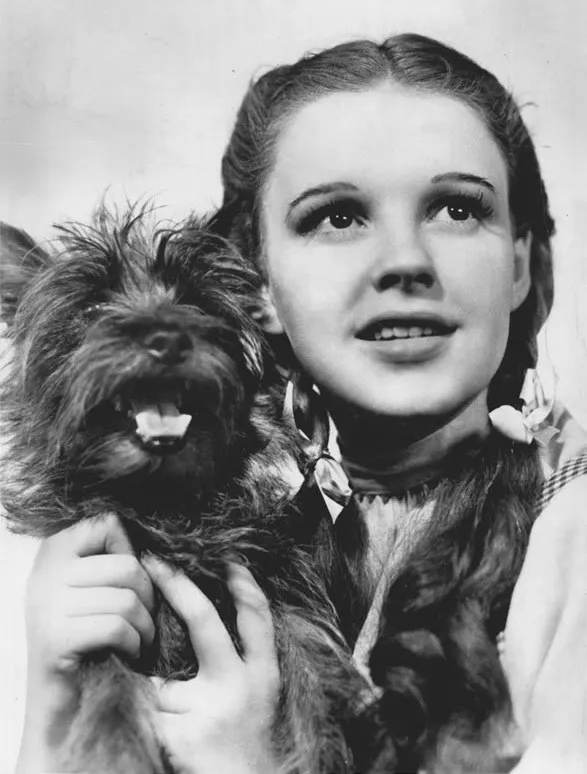
Technically only sepia in the beginning and end of the movie, The Wizard of Oz absolutely belongs on this list for that incredible moment of transition into technicolor. Judy Garland will forever be known as Dorothy Gale thanks to this wonderful film.
It’s a Wonderful Life (1946)
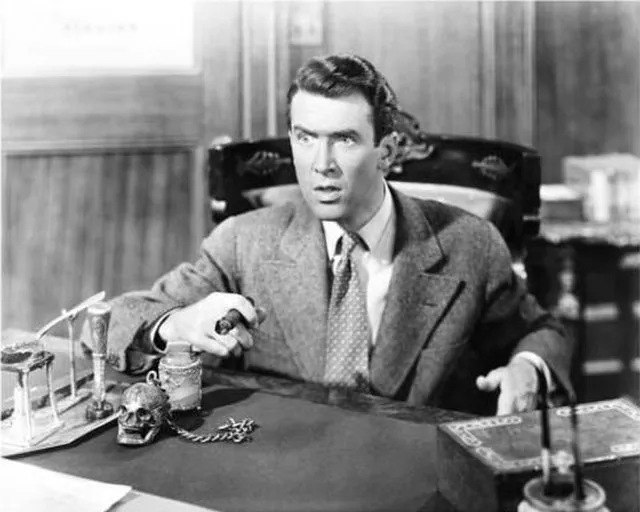
James Stewart learns the meaning of life in this ultimate holiday movie. “What is remarkable about It’s a Wonderful Life is how well it holds up over the years; it’s one of those ageless movies, like Casablanca or The Third Man, that improves with age,” Roger Ebert said.
Psycho (1960)
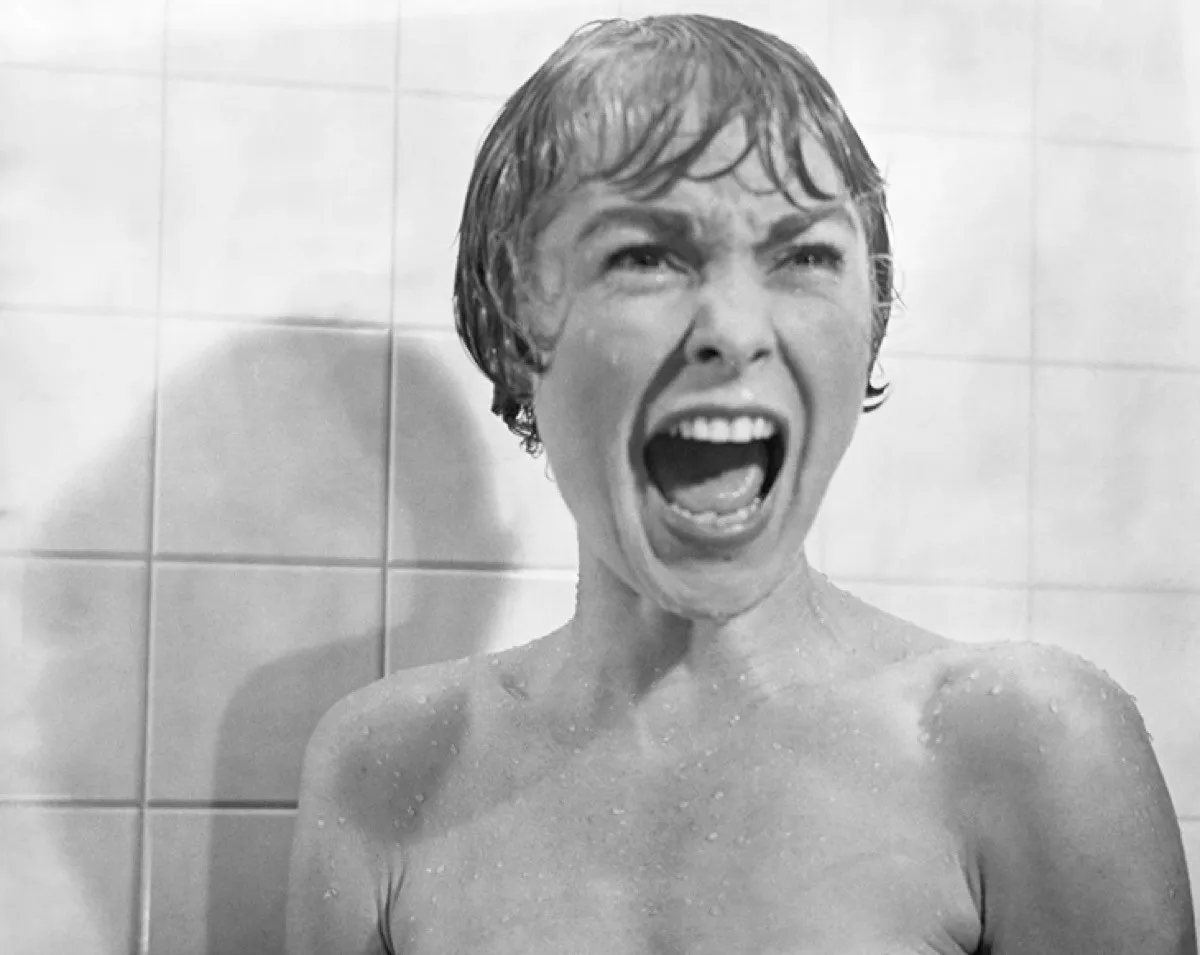
Anthony Perkins plays the perfect lunatic as Norman Bates in this Hitchcock classic. Visitors to Universal Studios in Los Angeles can visit the famous Bates Motel if they fancy a little fright (especially at Halloween).
Sunset Boulevard (1950)
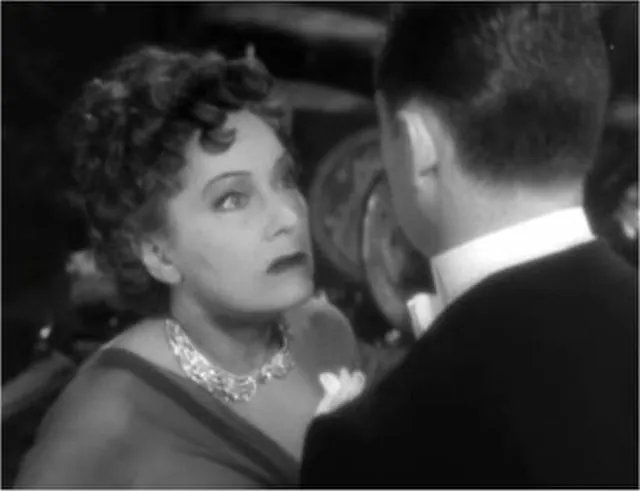
Gloria Swanson is endlessly watchable in this noir classic about an aging actress desperate to hang on to youth—and to William Holden.
12 Angry Men (1957)
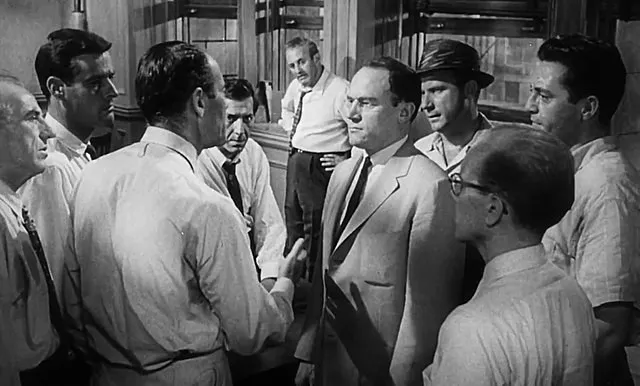
12 Angry Men is one of the best courtroom movies ever made. “In form, 12 Angry Men is a courtroom drama. In purpose, it’s a crash course in those passages of the Constitution that promise defendants a fair trial and the presumption of innocence,” Roger Ebert said.
Double Indemnity (1944)
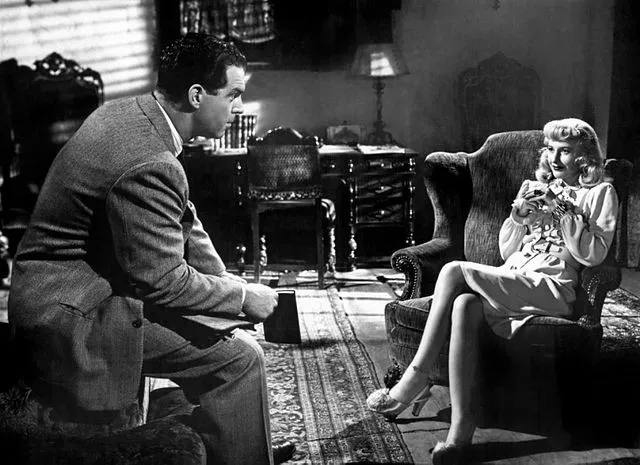
This crime thriller from Billy Wilder is the ultimate in film noir. Fred MacMurray plays a private detective who gets roped into a murderous plot after falling for Barbara Stanwyck.
The Big Sleep (1946)
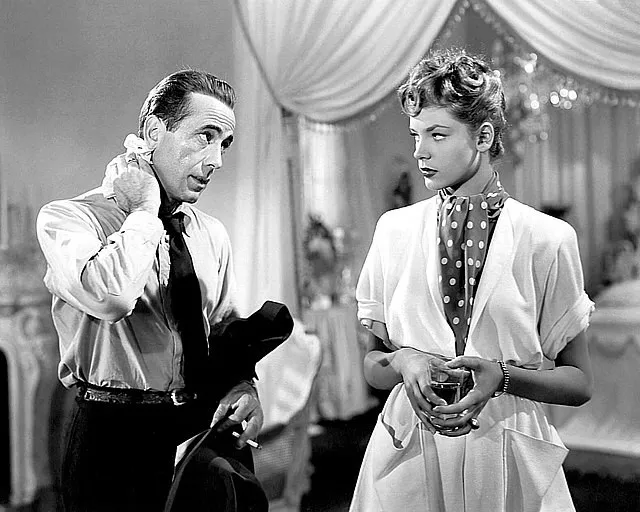
Rashomon (1950)
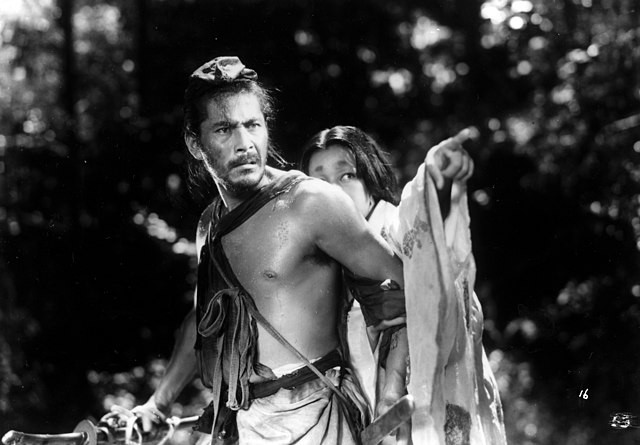
Rashomon is one of legendary director Akira Kurosawa’s most groundbreaking and acclaimed films. “The genius of Rashomon is that all of the flashbacks are both true and false,” Roger Ebert said.
The Third Man (1949)
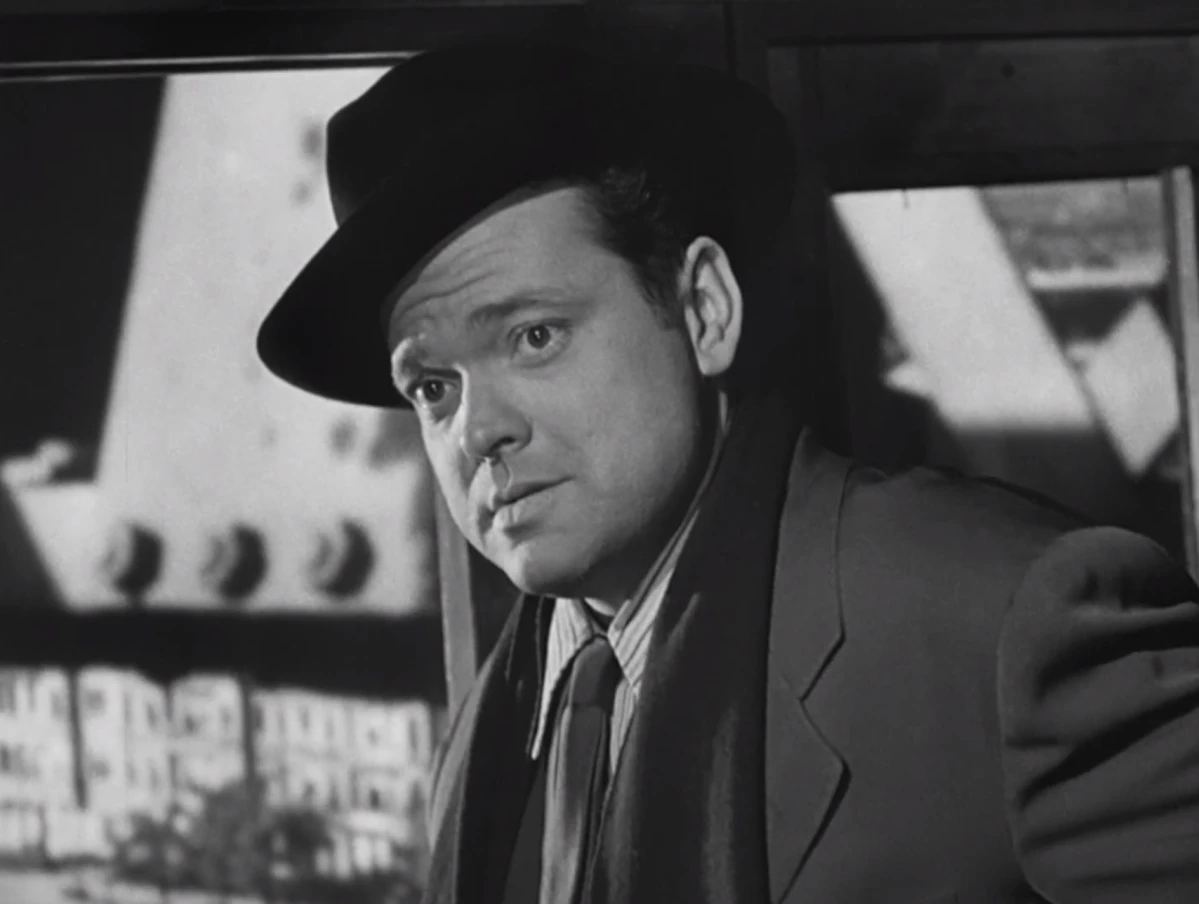
Starring Joseph Cotten and Orson Welles, this classic film noir is considered one of the greatest movies of all time. “What stands out anew here are not just the great, underscored moments — the big scenes, the seductive pull of Austrian Anton Karas’s zither music, the vast empty streets of post-conquest Vienna in the dark of night, the startling close-ups, the perfectly-turned phrases, outstanding performances and breathless, mostly music-free chase through the shadowy sewers of the ancient city,” Moore says.
Metropolis (1927)
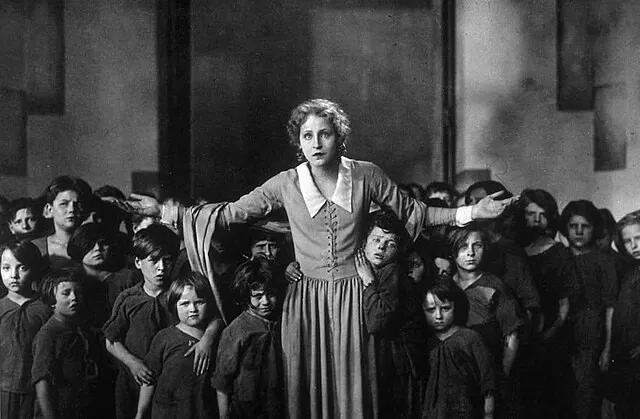
One of the first sci-fi thrillers, Metropolis is a masterpiece in classic cinema. This silent film is a must-see for movie buffs.
La Dolce Vita (1960)
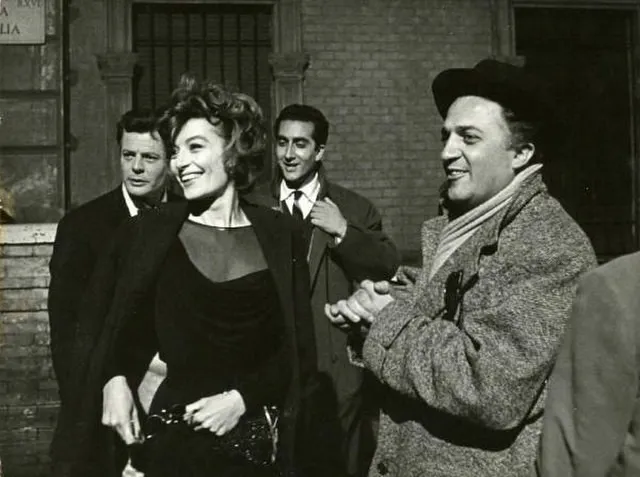
Federico Fellini’s epic movie is a touchstone of modern cinema. Starring Marcello Mastroianni, Anita Ekberg, and Anouk Aimée, this lush film is like a time capsule that immortalizes Rome in the 1960s.
The Philadelphia Story (1940)
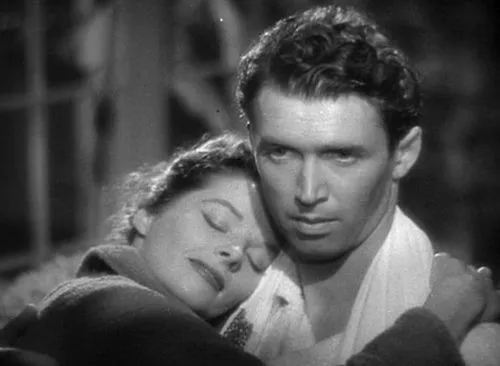
Katharine Hepburn, Cary Grant, and James Stewart give some of the best performances of their careers in this wonderful romantic comedy. The Philadelphia Story just gets better each time you watch it.
Notorious (1946)
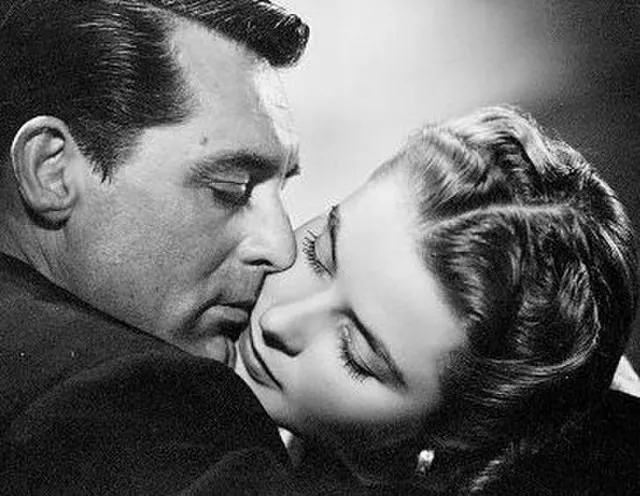
Another Hitchcock classic, Cary Grant, Ingrid Bergman, and Claude Rains are excellent in this spy film noir. “Alfred Hitchcock’s Notorious is the most elegant expression of the master’s visual style, just as Vertigo is the fullest expression of his obsessions,” said Roger Ebert. “It contains some of the most effective camera shots in his–or anyone’s–work, and they all lead to the great final passages in which two men find out how very wrong they both were.”
To Kill a Mockingbird (1962)
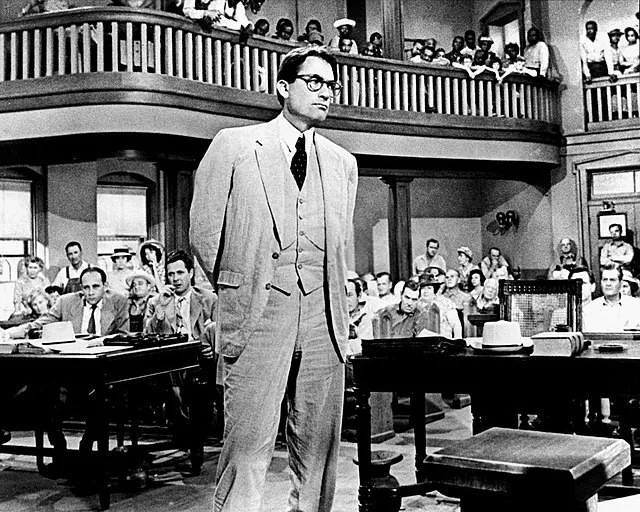
Gregory Peck gives an unforgettable performance as a lawyer fighting against the odds to save the life of a man accused of a crime he didn’t commit. Based on Harper Lee’s novel of the same name, this coming-of-age tale is timeless.
The Bride of Frankenstein (1935)
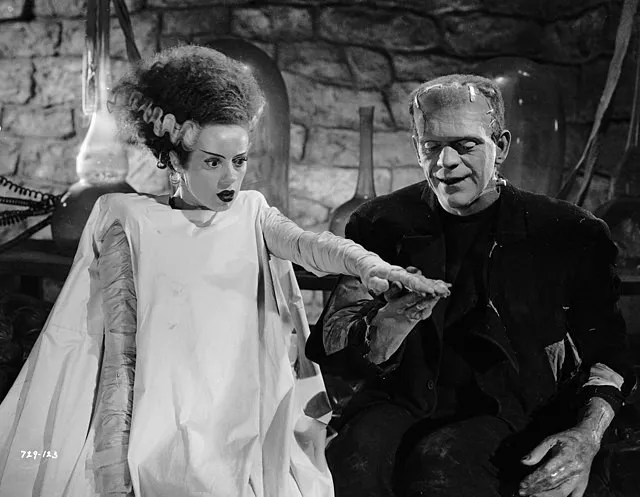
One of the first truly iconic horror sci-fi classics, The Bride of Frankenstein is perfect schlocky entertainment. Boris Karloff stars in this film, considered one of the all-time greats.
Bringing Up Baby (1938)

Katharine Hepburn and Cary Grant are hilarious in this Howard Hawks screwball comedy about a paleontologist who gets tangled up with a scatterbrained woman right before his wedding. The sophisticated dialogue and endless chaos make this one a true classic.
On the Waterfront (1954)
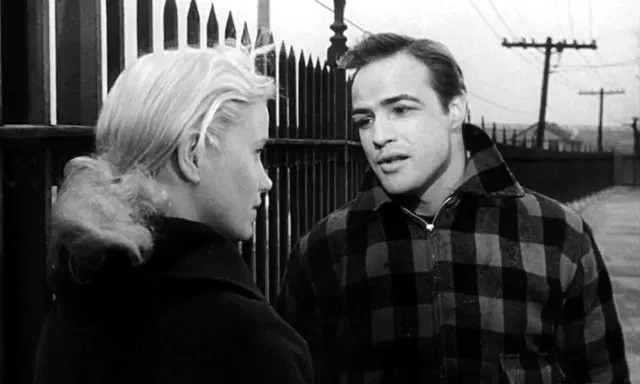
Elia Kazan’s classic crime thriller starring Marlon Brando is widely considered to be one of the best movies ever made, with unforgettable, searing dialogue. Eva Marie Saint is perfectly cast as deuteragonist and love interest.
All About Eve (1950)
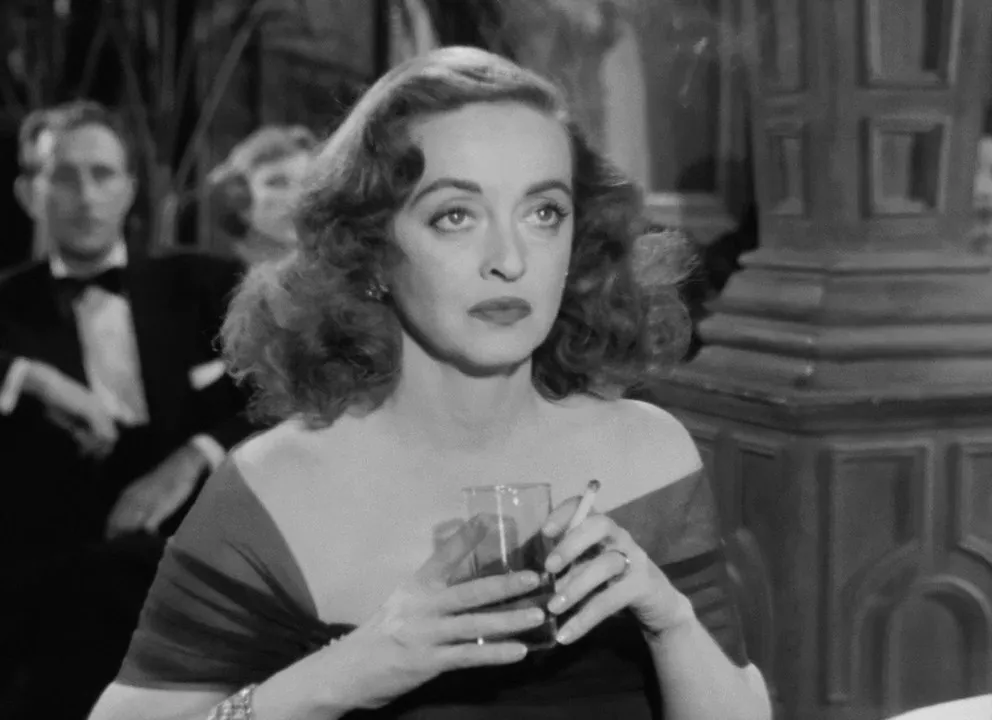
Bette Davis and Anne Baxter are magnificent in this film about a ruthless fan who will stop at nothing to take the place of the legend she is obsessed with. The film was nominated for 14 Oscars and won six.
His Girl Friday (1940)
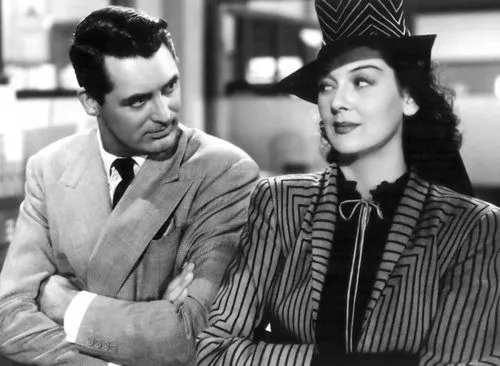
Cary Grant and Rosalind Russell are wonderful in this screwball comedy considered one of the funniest movies ever made. “The zingers don’t stop — to maintain the fast pace, the director Howard Hawks encouraged his cast to add dialogue and step on each other’s lines whenever possible,” says Kate Muir.